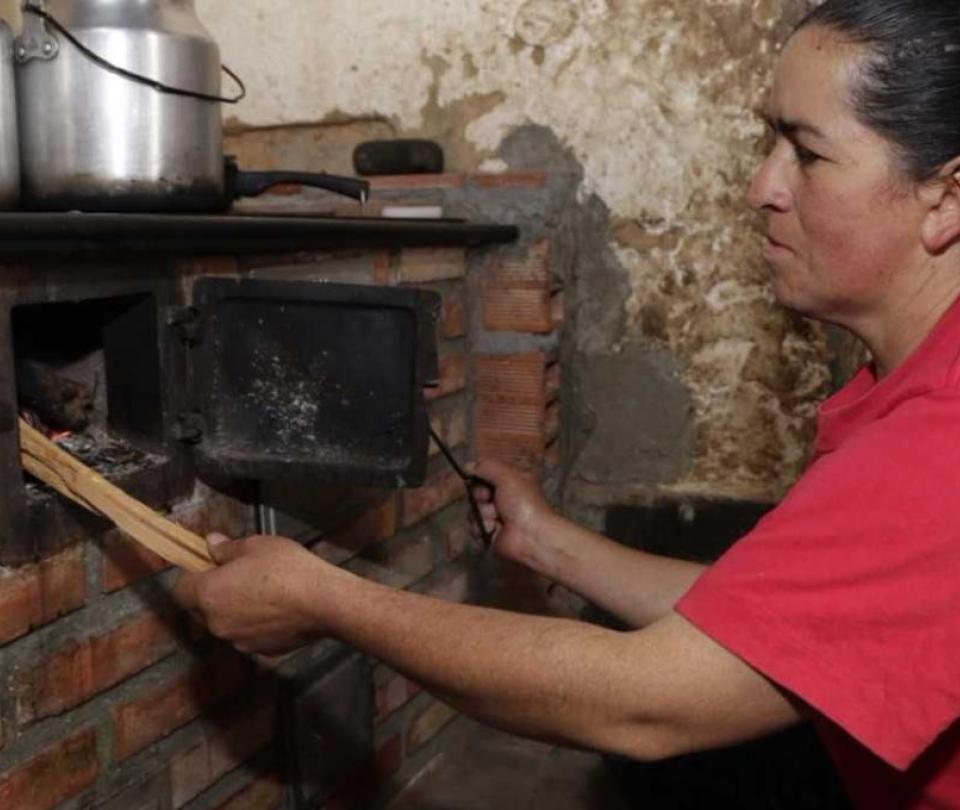In recent days, Naturgás, a union in the natural gas sector, submitted to the National Planning Department (DNP) a study one the impact of this energy on poverty llbeloved “Natural Gas as a vehicle to increase well-being and reduce energy deprivation of households in Colombia”.
(Read: What is included in the new policy to regulate the energy service).
The study is based on the fact that 66.8% of Colombians already use natural gas for cooking, while 20.6% liquefied petroleum gas (LPG), and 10.6% firewood, coal or waste. This means that 1.6 million households use polluting sources of energy for cooking and are therefore viable to connect.
In this order of ideas, Inclusion SAS, the firm that carried out the study, pproposed two scenarios of expansion of natural gas coverage, as well as seven public policy recommendations to improve the country’s infrastructure. “A strategy that seeks to enhance the role of natural gas should be framed within an agenda to remove these barriers,” says the analysis.
These Bottlenecks were identified in the four components of the gas chain. In the case of production, it was identified that there is uncertainty as to whether or not new gas and oil exploration and production contracts will be granted “to guarantee the sufficiency of energy sources for the functioning of the country.” The study indicates that it is a barrier for the formation of investment expectations, as well as for starting expansion projects.
(In addition: Services regulated by the Government, among those that increase inflation the most).
Secondly, it points out that the sector has identified gaps in the prior consultation regulation, with which “the stability of the agreements is not assured, which inflicts costs and risks throughout the chain.” Two difficulties were also pointed out in the transportation component. The first of these is how the transportation fee is calculated, which currently penalizes the most distant areas from where the energy is produced. This is why the southwest of the country has higher prices due to this component.
Secondly, it was found thatThe territorial disconnection of the gas pipeline somehow fragments the formation of gas prices”.
In the case of distribution, it was evidenced that there is a limitation in the regulation of the Special Development Quota Fund, since does not finance expansion, but new projectsin addition to having limits and inflexibilities that hinder its use in expansion.
Finally, in the case of marketing, there were two points found in the study.
The first is the cap on the financing of the Fund’s intra-domiciliary connections; the second refers to the “exclusion of the cost of intra-domiciliary connections in social policies for poverty reduction, social housing or habitat improvement”.
During the presentation of the document, Jorge Iván González, director of the National Planning Department, pointed out that “we are always listening to the concerns and interests of the people and businessmen” to solve these bottlenecks that were identified.
The featured study proposed two scenarios. The first of conversion of LPG to natural gas in urban and intermediate areas and the second conversion of firewood, coal and waste to natural gas. This second is the one that would have the greatest impact, since it would reduce energy deprivation by 5.06 percentage points.
(See: Government appoints two of the six expert commissioners of the Creg).
the first scenario would cost $2.82 billion and the second $1.13 billions, taking into account the increase in the subsidy and the new connections for the poor and vulnerable households that would be connected.
BRIEFCASE












